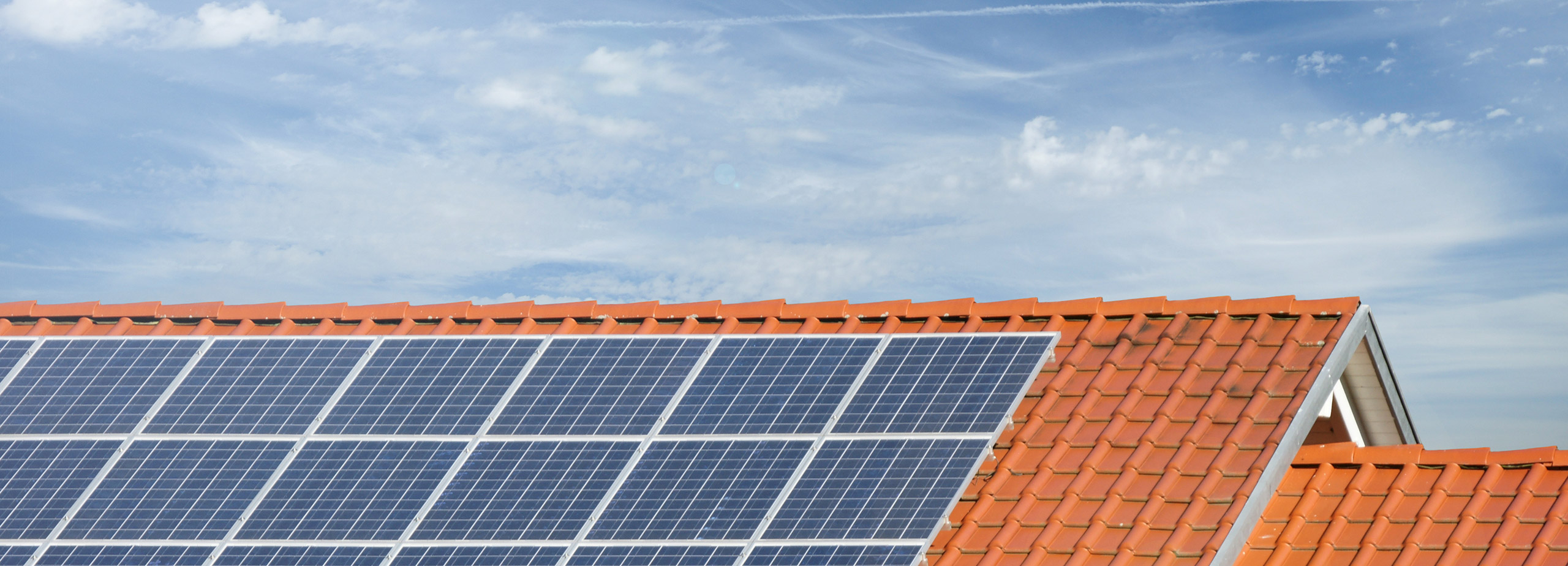
The grey villa covered in ceramic tiles and three stories high (8 meters), The entire Southward roof is covered with photovoltaic and thermal solar panels.
It’s the thermal panels in the middle. The 140 square meter PVs produce 20 kWp electrical power and the 20-square meter thermal panels, 13 kW of thermal power. On the façade, right, vertical PV elements (0.8 kWp) that capture the low angle sun (12-15 degrees over horizon) in the wintertime.It’s the southward roof that delivers most of the electrical energy for the house, while on the West façade two solar panels capture the late afternoon and evening sun, producing roughly 2.0 kWp.
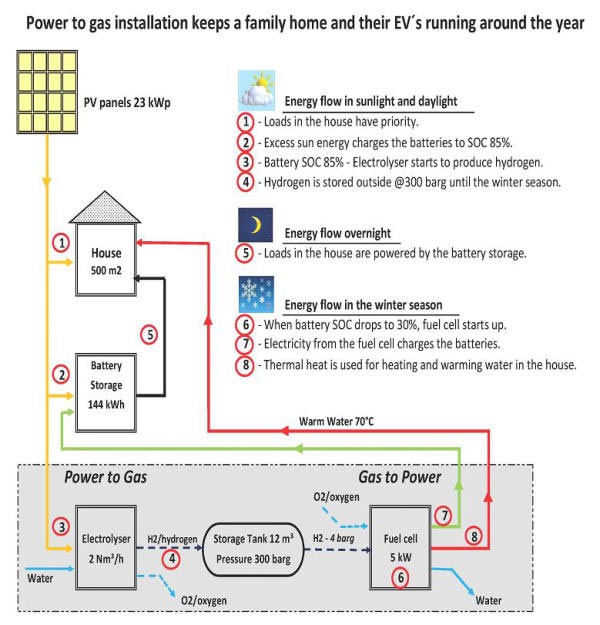
The power central where PV-power (Photo Voltaic Power) comes in and is distributed to battery charging, to water electrolyzing and the internal electric grid of the house. The yellow boxes are combined inverters and chargers. They charge the batteries when surplus PV-power is available and deliver AC-power back to the house grid, drawing from the batteries, when PV-power is not available. Batteries are placed on the other side of the wall. Each box can charge with up to 8 kW effect. The grey boxes (12 kW each) above, right, are inverters only (not chargers) covering the immediate AC-power needs of the house and when sufficient PV-power is available any surplus effect is channeled to the yellow boxes charging the batteries. Each grey inverter relates to three of the yellow boxes and comprise a redundant system. In this way both inverters are working independently delivering energy to the house. The red box is a 3-kW inverter for the façade PV-panels feeding directly into phase 2 of the house grid’s three phase AC-system.
Battery storage, type lead-silicon, capacity 144 kWh – enough for running the house for 5 full days including heat but excluding electric car charging. When batteries are 85% charged, power from the solar PVs is redirected to hydrogen production by water electrolyzing. When charge level goes below 30%, for example after a couple of cloudy days with low PV-production, hydrogen is used by a fuel cell to recharge them. This type of batteries is sealed and do not build up gasses or detrimental coatings on the cells as ordinary lead-acid batteries tend to do.
Supplying 500 square meter of indoor living areas plus an outdoor ice-melting system with heated water and heat-exchange fluids, takes its plumbing.

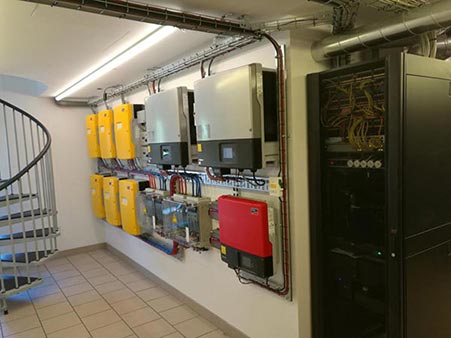
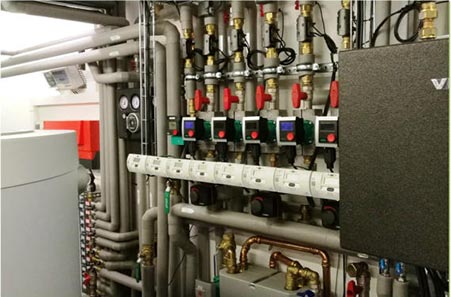
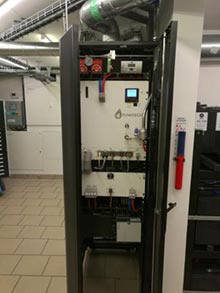
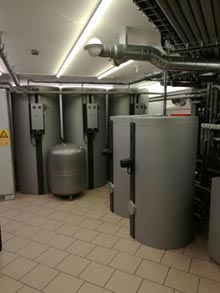

Hillringsberg
SE-670 20 Glava
Sweden
CEO
Thomas Wedelin
thomas@swemodule.se
+46 70 943 13 00
Sales Director
Per Kjellberg
per.kjellberg@swemodule.se
+46 73 641 97 42
Technical Manager
Per-Erik Jonsson
per-erik.jonsson@swemodule.se
+46 72 720 08 01
Mr. Karim Mosa
BAVLON TECHSOLUTIONS
Mr. Karim Mosa
Mobile / WhatsApp no.: +46707226102
Email: km@bavylontech.comkarimmosa2@gmail.com Skype:bavylonkm1
Website: www.bavylontechsolutions.com